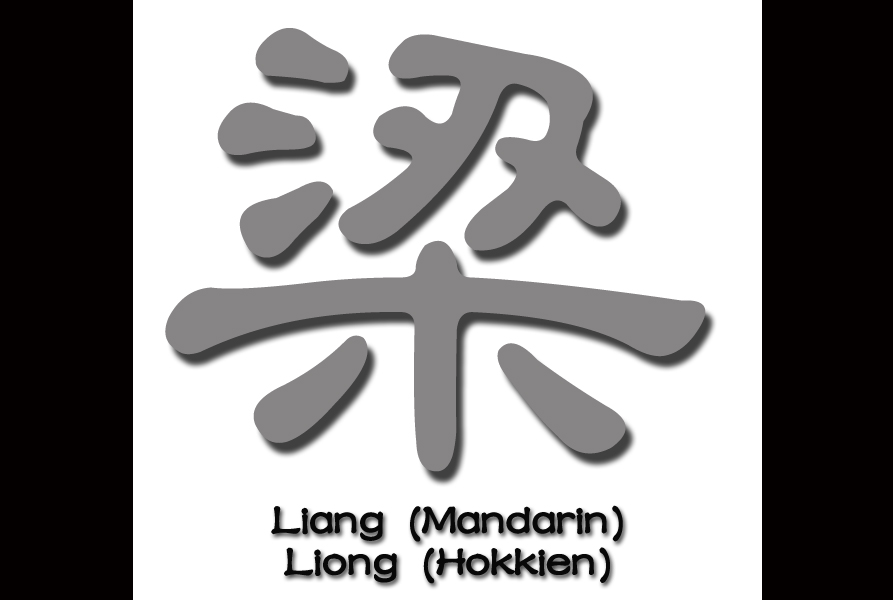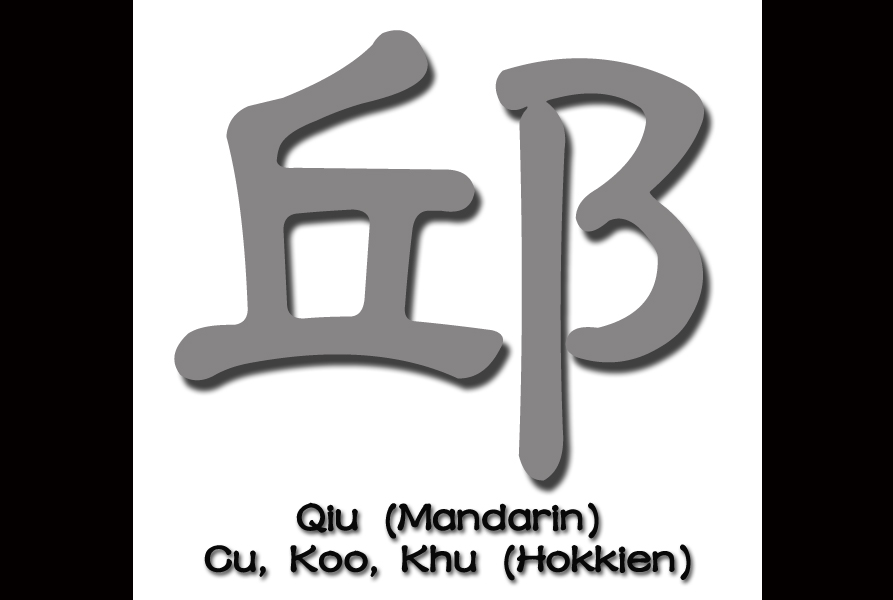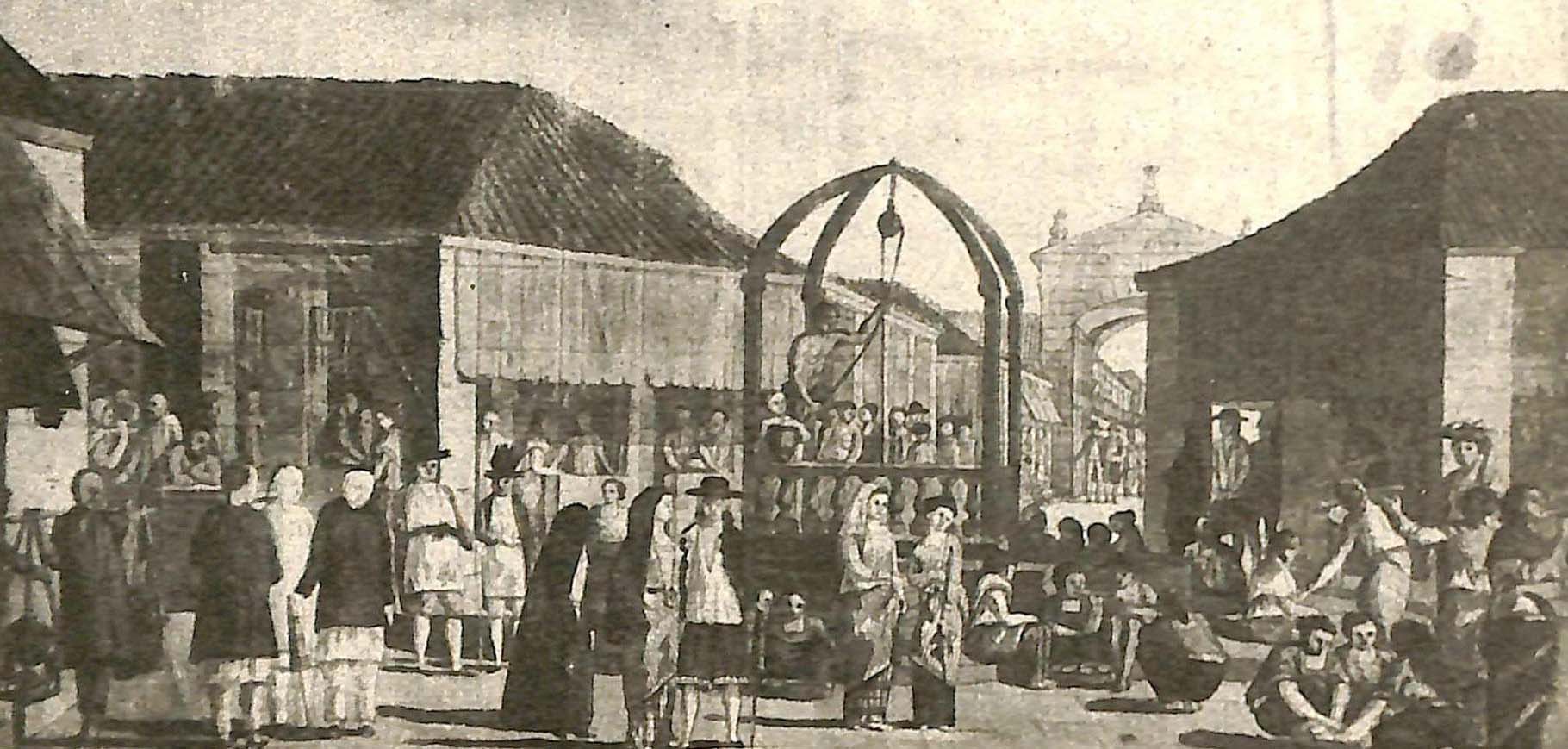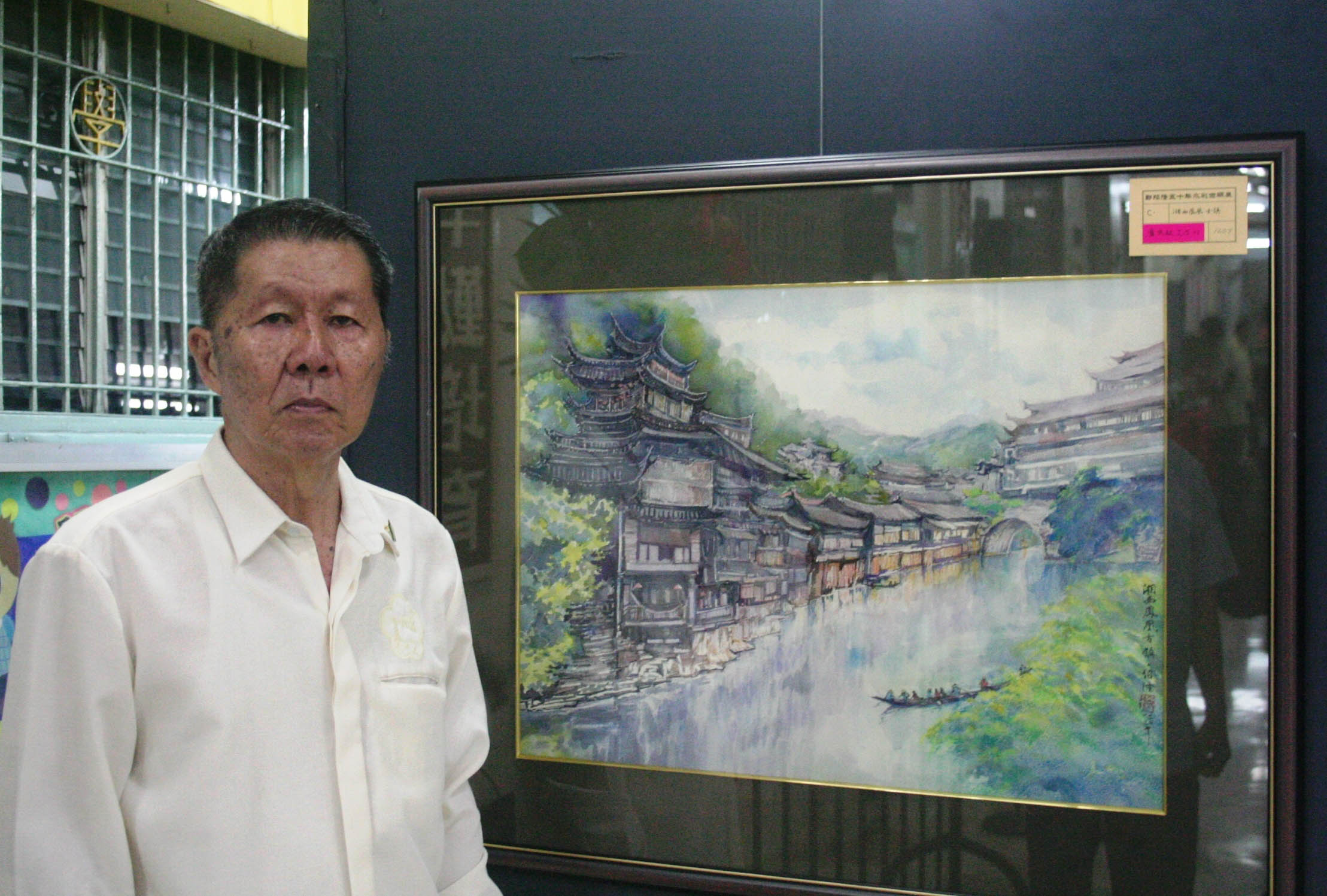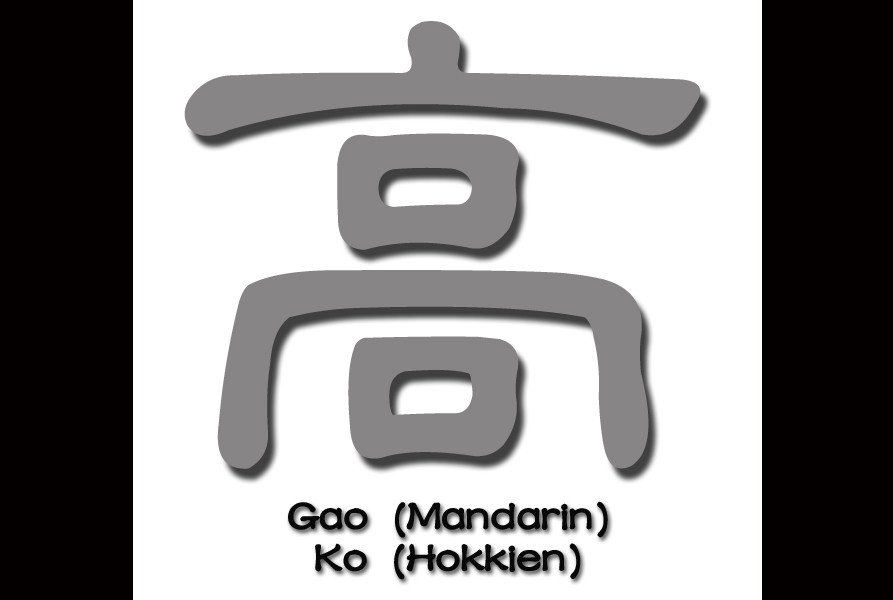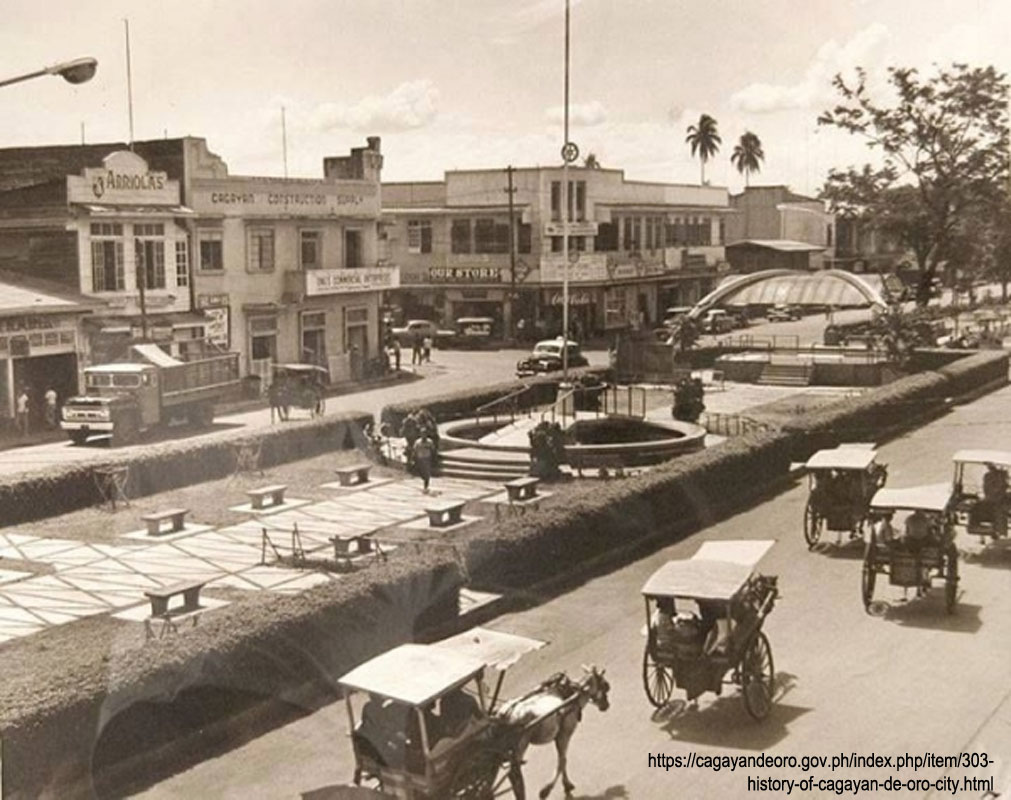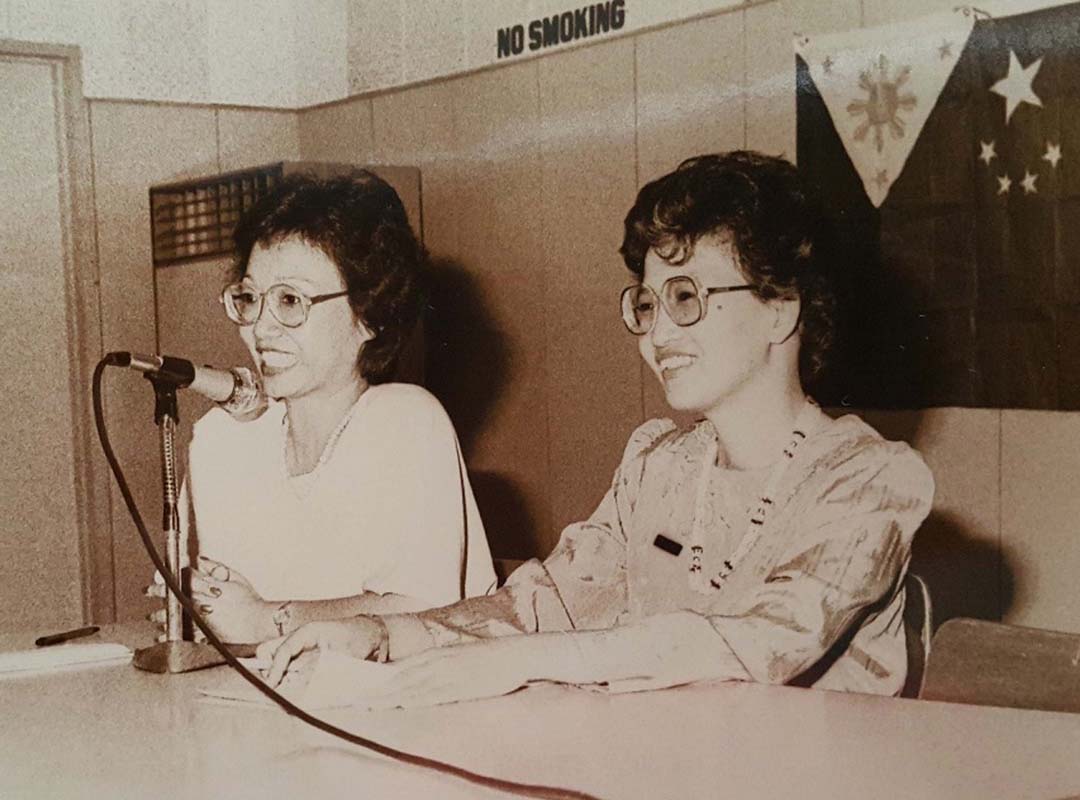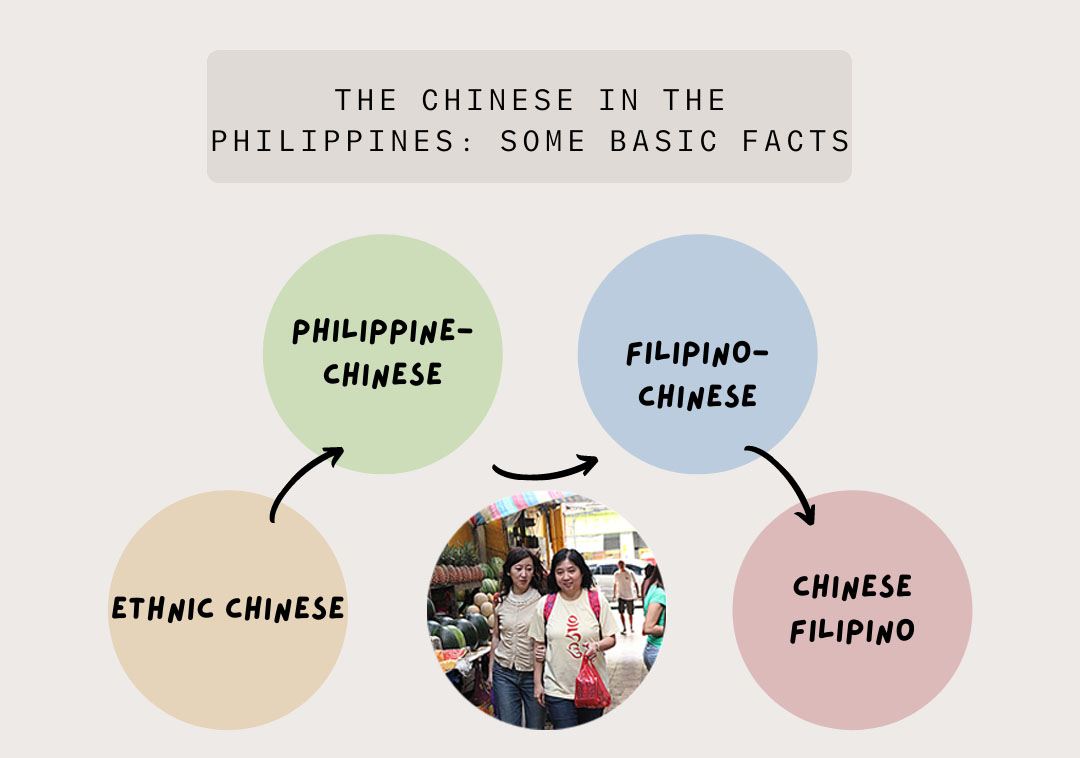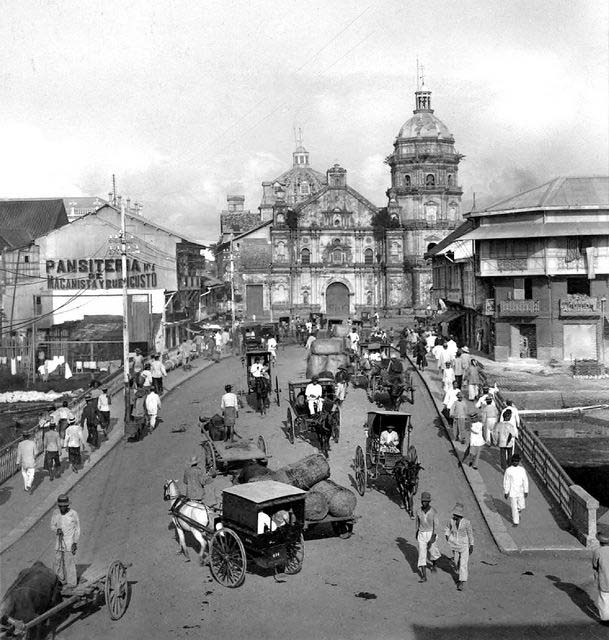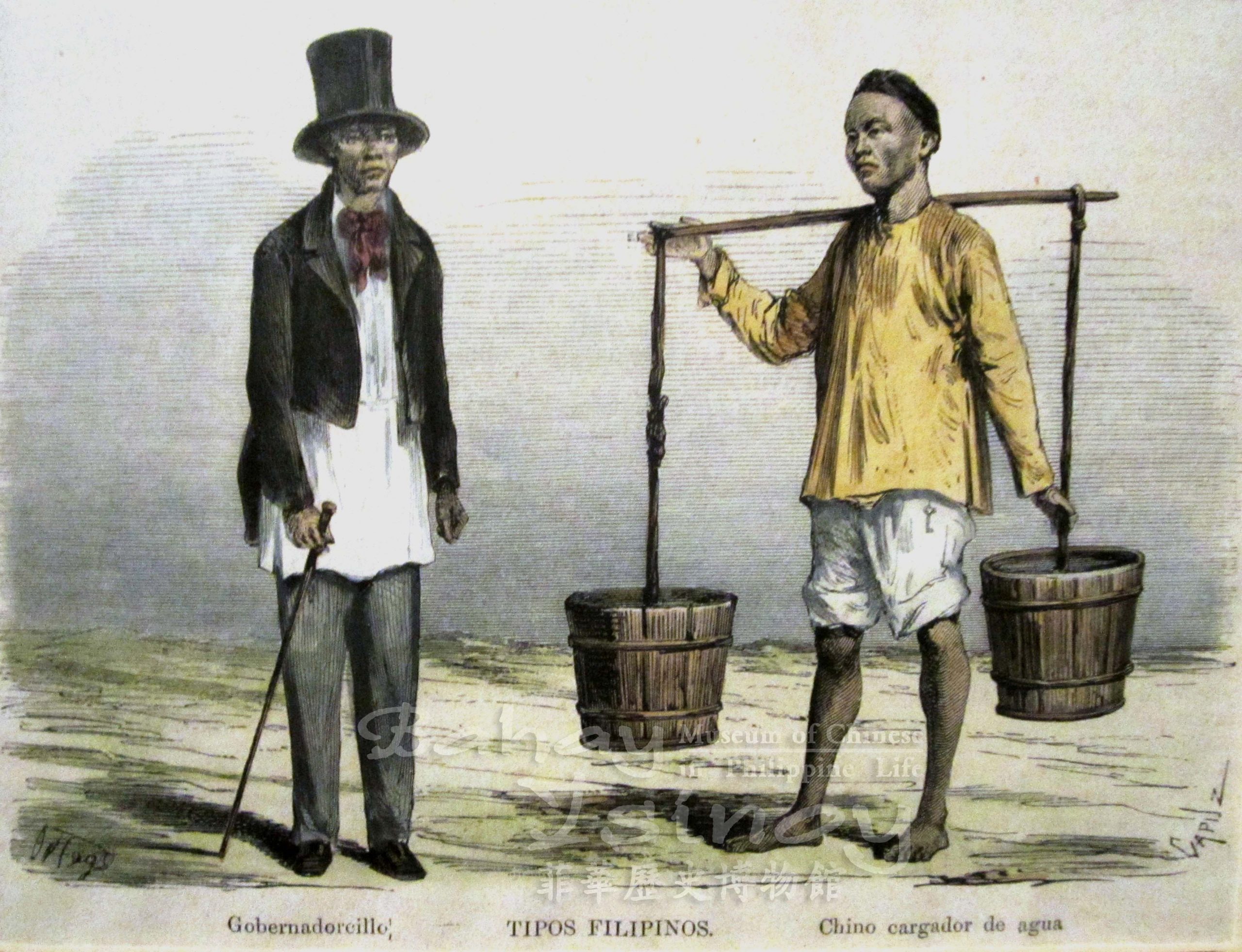First published in Tulay, Fortnightly Chinese-Filipino Digest 25, no. 7 (September 11-24, 2012): 5. Surname 梁 (Liong in Hokkien, Liang in Mandarin) ranks as the 20th biggest surname in China, but only 31st among Chinese in the Philippines. The origin of the surname Liang is quite simple. It was said that an heir of the […]
Liang 梁 in the Philippines
